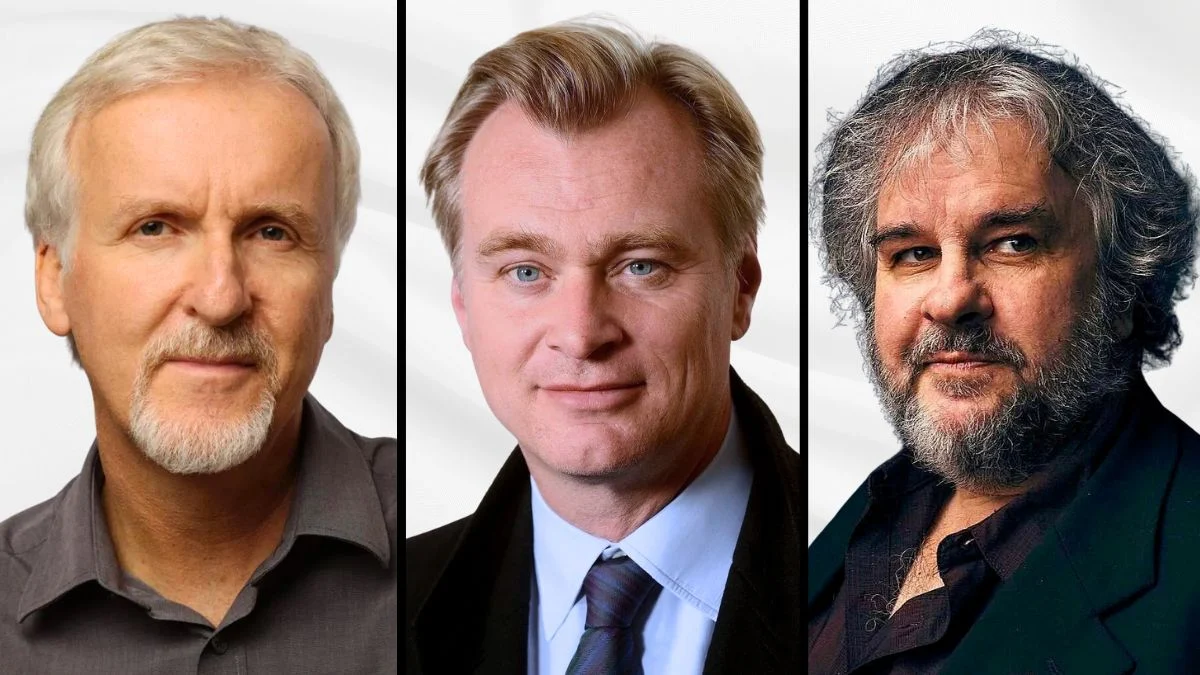
Filmmaking is a unique blend of creativity and technical skill, where directors are always looking for ways to achieve the impossible. They often build their own equipment or find new uses for existing tools to create stunning visuals audiences haven’t seen before. This drive for innovation not only changes how movies are made, but also sets new standards for visual effects and production techniques. This article highlights several directors who revolutionized cinema through their pioneering use of technology.
James Cameron
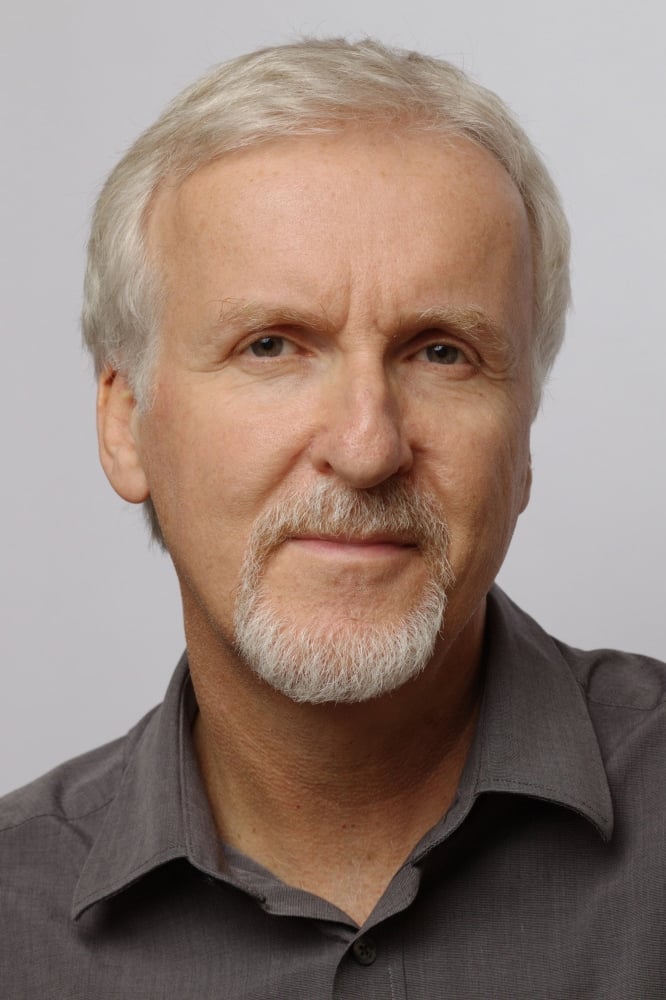
James Cameron is a pioneer in visual effects, constantly pushing the boundaries of what’s possible in filmmaking. He experimented with early digital effects in films like ‘The Abyss’ and later mastered the technique with the iconic liquid metal character in ‘Terminator 2: Judgment Day’. For ‘Avatar’, he developed a groundbreaking virtual camera system that let him see and interact with digital characters as if they were actually present, blending live action and animation seamlessly. This innovation also raised the bar for 3D movie technology.
George Lucas

George Lucas started Industrial Light & Magic because he needed special effects for ‘Star Wars’ that no other studio could deliver. He then helped move the film industry toward digital filmmaking by shooting ‘Star Wars: Episode II – Attack of the Clones’ completely using digital cameras. This sped up the switch from traditional film to digital projection in cinemas globally. Lucas also improved sound quality in theaters by creating the THX audio standard.
The Wachowskis

The Wachowski sisters, Lana and Lilly, changed action movies forever when they introduced “Bullet Time” in ‘The Matrix’. This effect used many cameras positioned in a circle or curve to capture a moment that could be dramatically slowed down while still appearing to move around the action. It let viewers see fast-paced movements from different angles in a smooth, flowing way. Their groundbreaking technique completely changed how action scenes were planned and filmed in big Hollywood movies that followed.
Stanley Kubrick
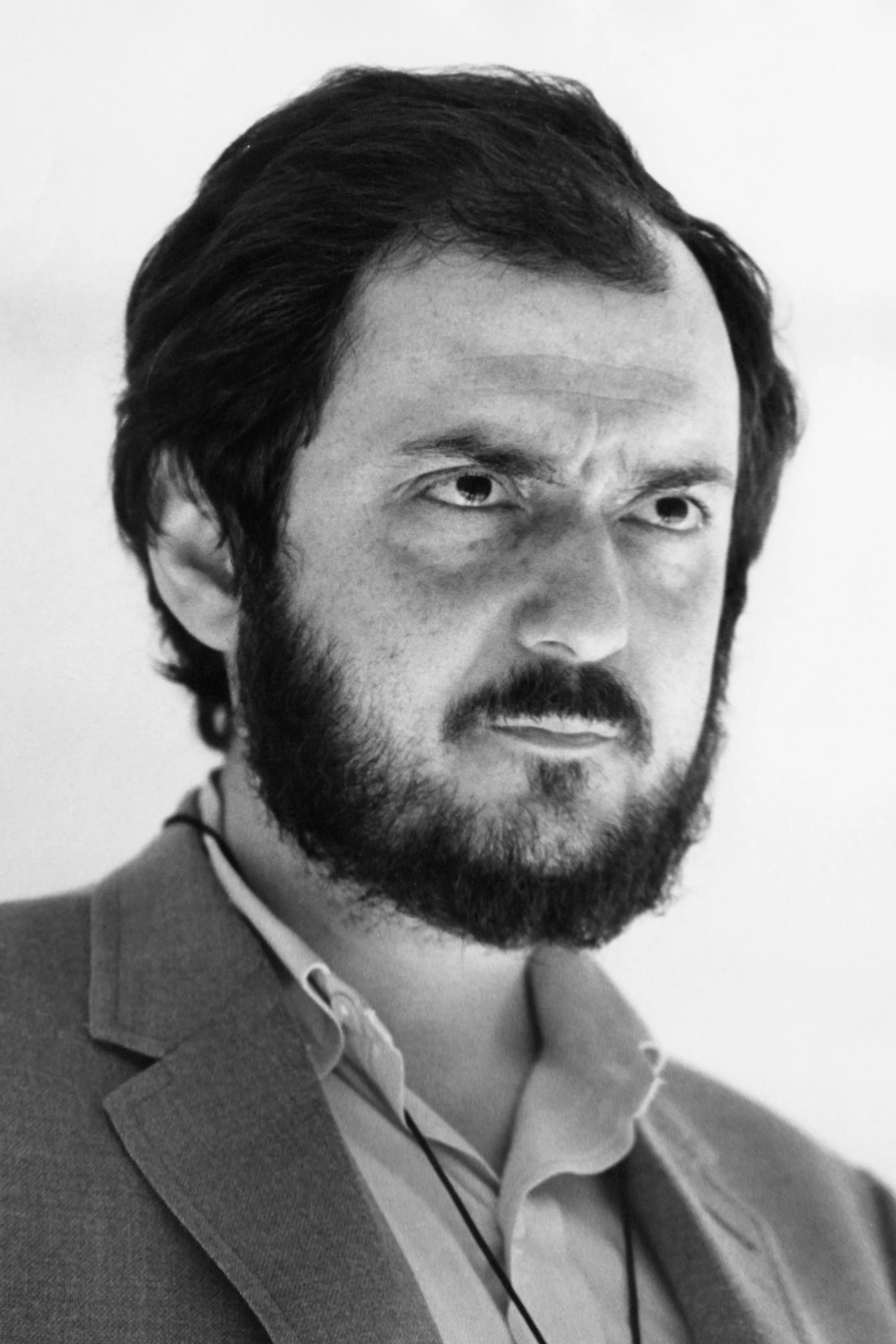
Stanley Kubrick was known for his relentless pursuit of technical excellence and often found innovative, engineering-based solutions to filmmaking challenges. For example, he created the mind-bending star gate sequence in ‘2001: A Space Odyssey’ using a technique called slit-scan photography – all before modern computer graphics existed. He was also an early adopter of the Steadicam, using it in ‘The Shining’ to create those famously smooth, floating camera movements through the hotel. These choices helped Kubrick build incredibly realistic and immersive worlds for viewers.
Peter Jackson
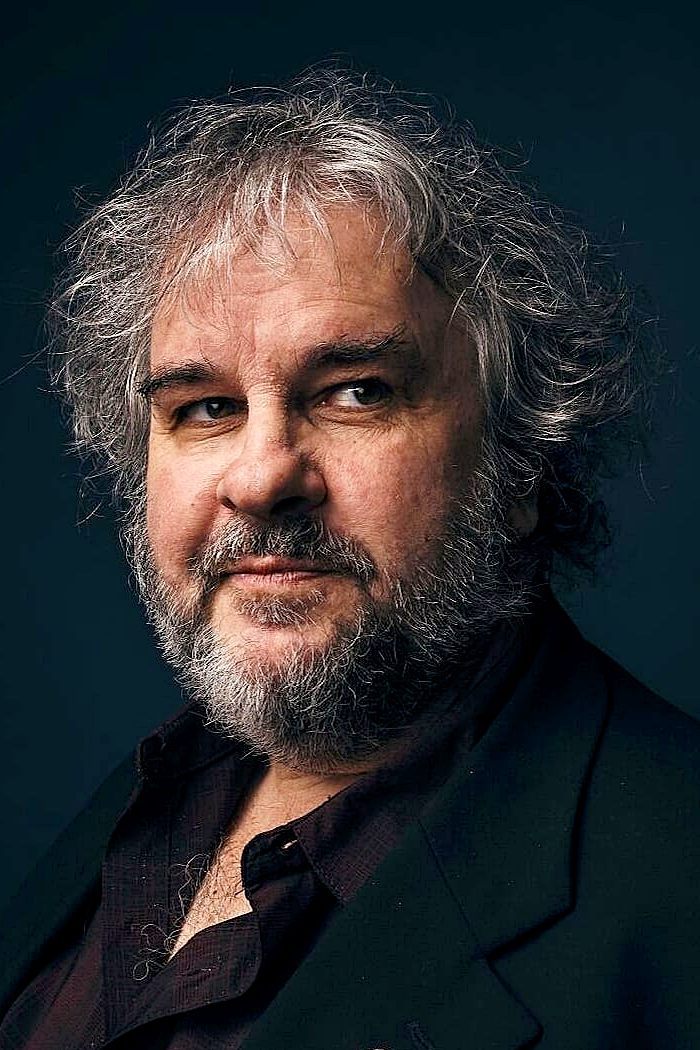
Peter Jackson’s work on ‘The Lord of the Rings’ was groundbreaking in its use of visual effects. He employed a special program called MASSIVE to create huge, realistic armies for the battle scenes. He also led the way in using motion capture technology – capturing actor Andy Serkis’s movements to bring the character Gollum to life digitally. This allowed the actors to convincingly interact with Gollum on set, instead of relying on stand-ins. Jackson’s dedication to these techniques cemented motion capture as a powerful tool for creating believable characters.
Jon Favreau
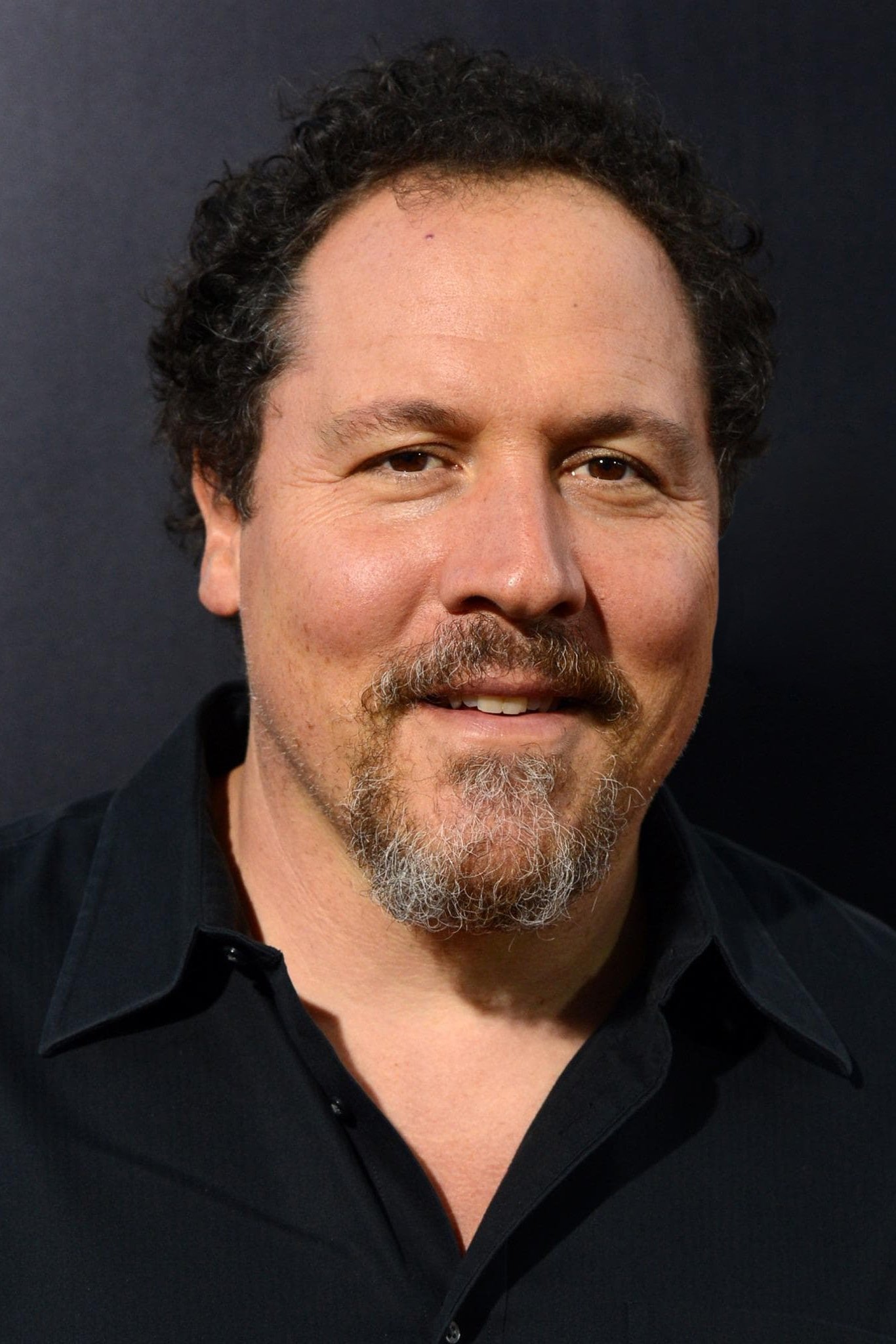
As a huge movie fan, I’ve been fascinated watching how filmmakers are innovating, and Jon Favreau is really leading the charge with this incredible technology called The Volume. Basically, he’s ditched traditional green screens for a massive, wraparound LED wall. Imagine filming with real-time backgrounds created using video game engines! It’s not just about what you see on screen, though. The light from that wall actually reflects realistically off the actors and props, making everything look so much more natural. What’s even cooler is that it cuts down on a ton of post-production work because so much of the visual effects are captured while filming. It’s a total game-changer!
Robert Zemeckis
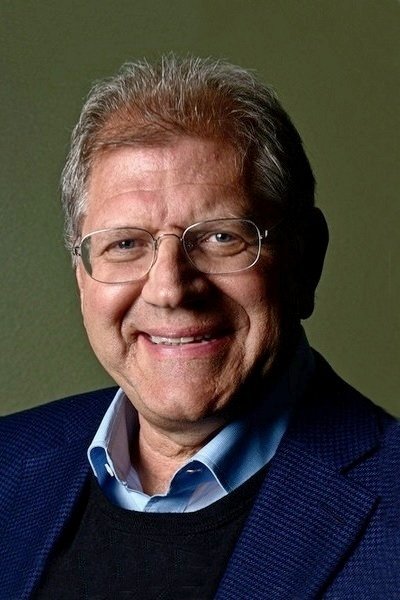
As a film buff, I’ve always been fascinated by Robert Zemeckis’ pioneering work. He really blew my mind with ‘Who Framed Roger Rabbit,’ seamlessly blending live action with classic animation – I learned they even used robotic arms to move things around on set! But he didn’t stop there. With ‘The Polar Express,’ he took a huge leap and created the first full-length movie entirely based on performance capture. It’s incredible to think he was able to record every little facial expression and movement of the actors, and that technology is essentially what allows us to see such realistic digital people in movies today. He really paved the way for all of that!
Jerry Lewis

Jerry Lewis pioneered the use of instant video playback on movie sets. While filming ‘The Bellboy,’ he connected a video camera to his film camera so he could immediately review his performance. This meant filmmakers no longer had to wait for film to be developed to see if a shot was good. It also allowed directors to see exactly how a shot looked while it was being filmed, alongside what the camera operator saw.
Alfred Hitchcock
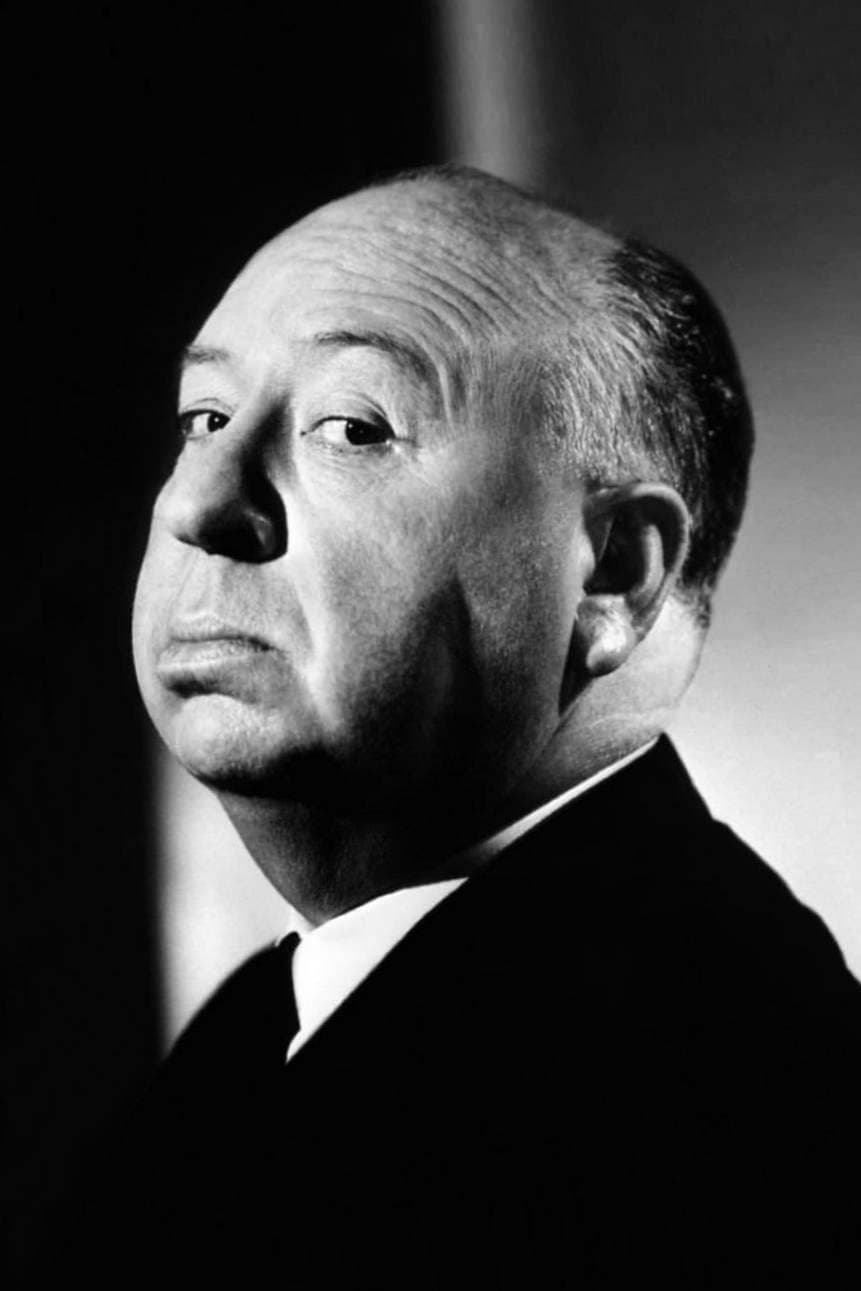
Alfred Hitchcock and a camera operator invented the dolly zoom effect for the movie ‘Vertigo’. It’s created by zooming the camera in at the same time as physically moving it backwards. This keeps the subject’s size constant, but makes the background appear to stretch or shrink, creating a disorienting visual that feels like vertigo or dizziness.
Christopher Nolan

Christopher Nolan was a pioneer in bringing IMAX cameras into mainstream filmmaking, starting with ‘The Dark Knight’. Before him, these large, noisy cameras were mostly used for documentaries and nature films. Nolan instead used them for action sequences, taking advantage of the format’s incredibly detailed image and wider aspect ratio to fill the entire movie screen. He demonstrated that this traditionally cumbersome equipment could be successfully integrated into storytelling.
Ang Lee

In the film ‘Billy Lynn’s Long Halftime Walk,’ director Ang Lee used a special high frame rate technique, filming at 120 frames per second – five times faster than usual. This created incredibly sharp and clear images without any blur. Combined with 3D, the goal was to make the movie feel more lifelike and draw viewers deeper into the story, almost as if they were experiencing it themselves.
Alfonso Cuarón

For the movie ‘Gravity’, Alfonso Cuarón created a special device called the Light Box to recreate the lighting of space. This cube-shaped structure was covered in thousands of LED lights, which projected images of Earth and stars onto the actors. These moving images gave the actors realistic lighting to work with, and helped filmmakers seamlessly blend the live-action footage with the computer-generated backgrounds.
Steven Spielberg

Steven Spielberg’s ‘Jurassic Park’ revolutionized visual effects, particularly with its dinosaurs. He initially intended to use stop-motion animation, but after seeing a test from Industrial Light & Magic using computer-generated imagery (CGI), he changed course. This proved that CGI could realistically bring creatures to life and integrate them seamlessly with live actors. The film’s success largely signaled the end of stop-motion animation for creating believable creature effects.
Walt Disney
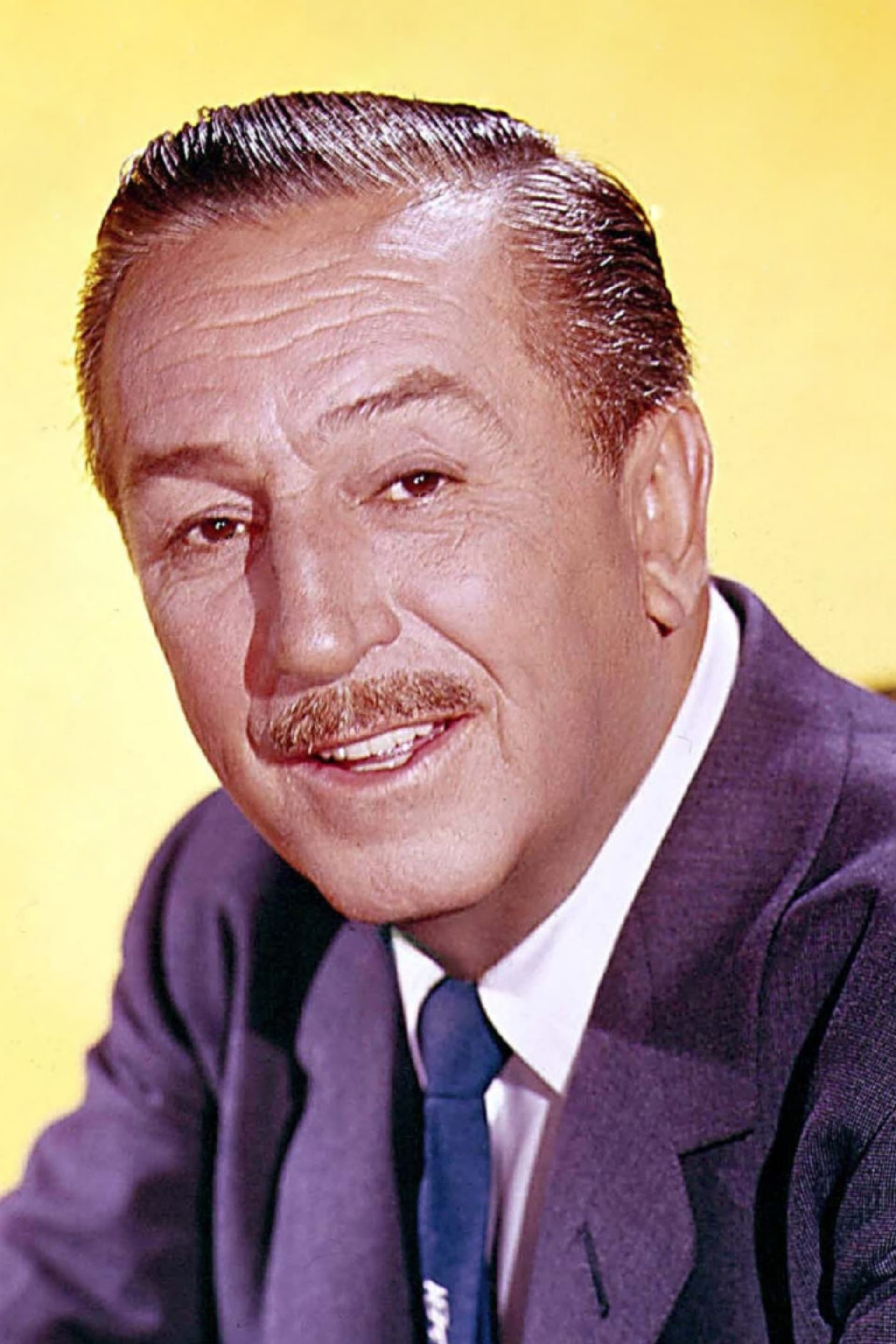
Walt Disney created a more realistic sense of depth in his animated films with the invention of the Multiplane Camera. This large machine used layers of painted glass that moved at varying speeds in front of the camera, creating the illusion of distance – making things appear farther away when they moved. He famously used this technique in films like ‘Snow White and the Seven Dwarfs’ and ‘Pinocchio’.
David Fincher
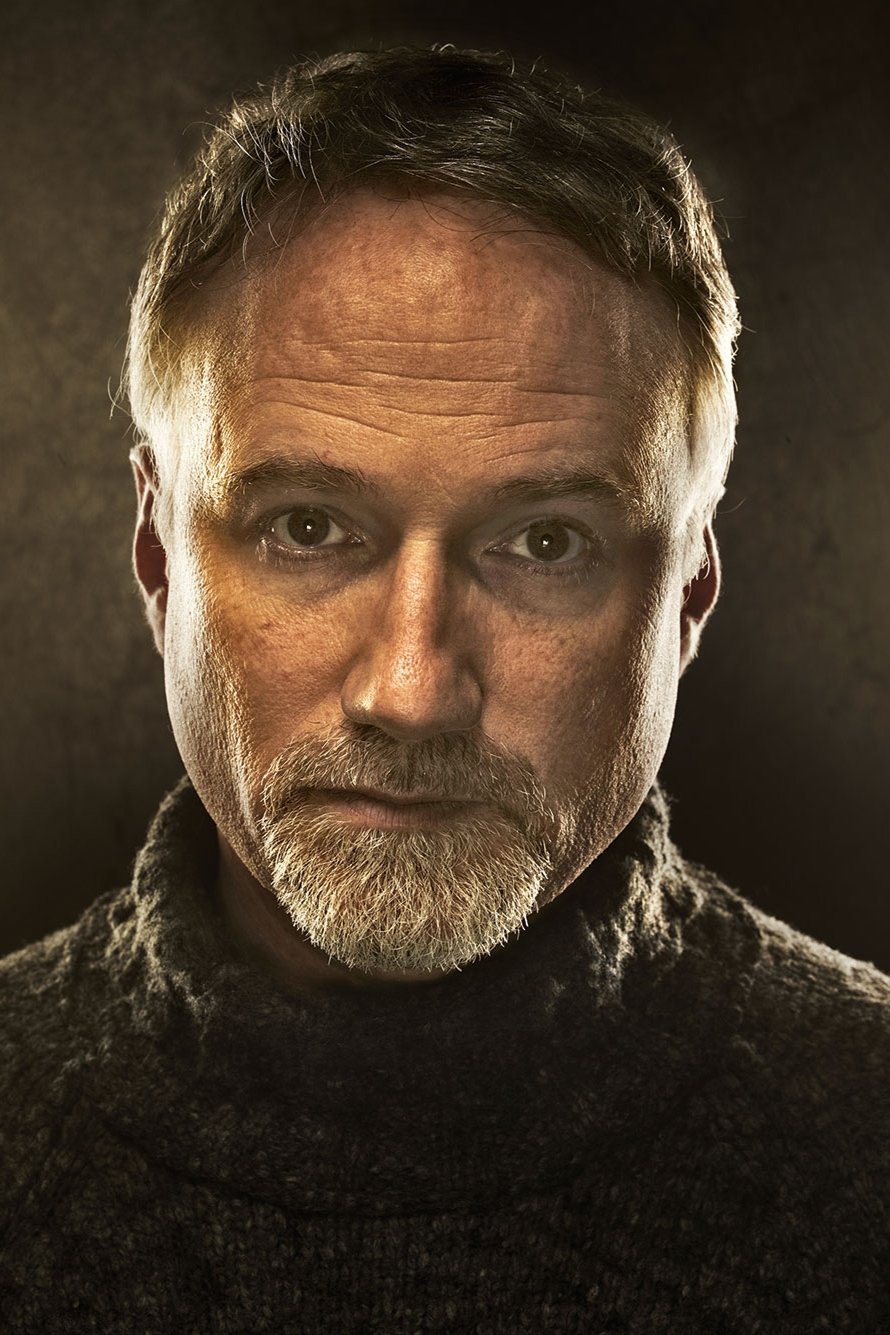
In ‘The Curious Case of Benjamin Button,’ David Fincher created groundbreaking technology to show a character aging in reverse. His team filmed Brad Pitt’s facial expressions and then used computers to place those expressions onto the faces of stand-ins. This involved creating new lighting and software that could capture even the smallest facial movements. The final effect allowed Brad Pitt to play the same character at all ages, making the transformation believable.
Orson Welles

In ‘Citizen Kane’, Orson Welles and cinematographer Gregg Toland pioneered deep focus photography. This innovative technique kept both close-up and distant elements of a scene sharply in focus at the same time. They accomplished this by using strong lighting and special lens treatments that allowed for a narrower lens opening. This visual approach enabled them to create intricate scenes with important action happening throughout the entire frame.
Francis Ford Coppola
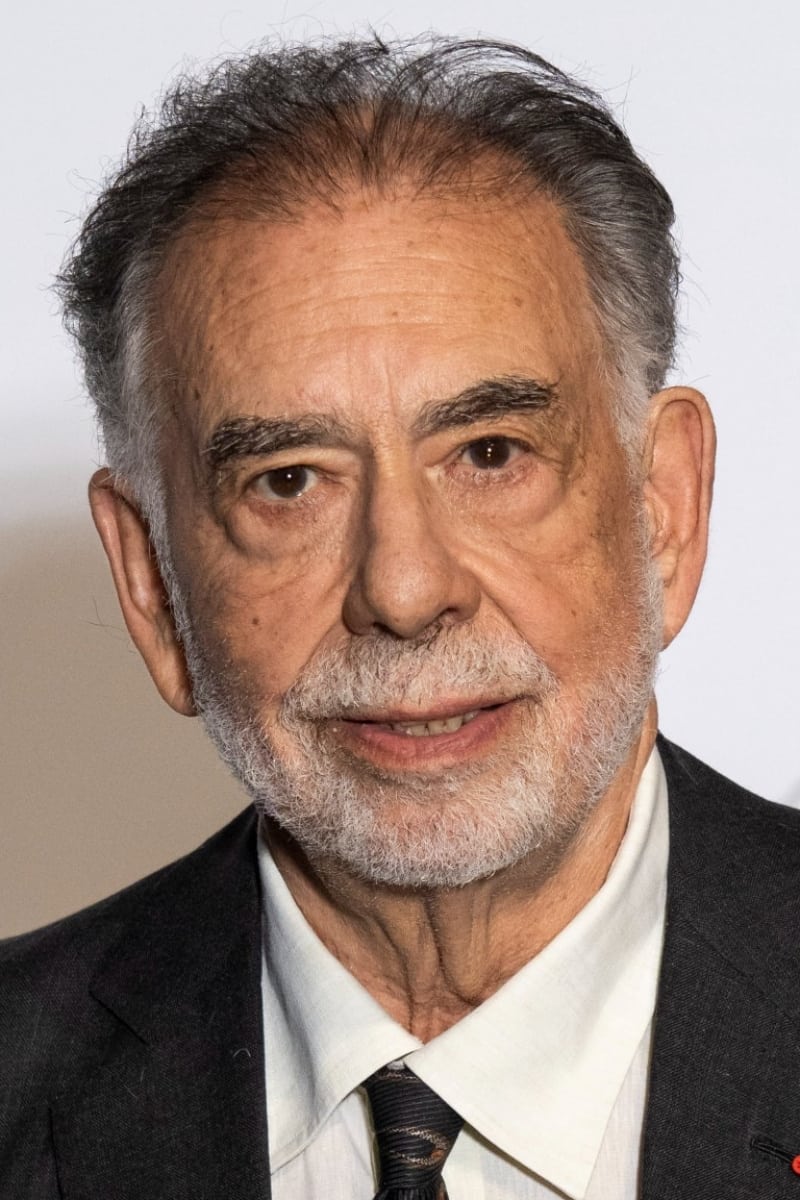
For ‘One from the Heart’, Francis Ford Coppola pioneered a new way of filmmaking he called Electronic Cinema. Instead of directing from the set, he worked from a trailer filled with video screens and speakers. This allowed him to use early video editing techniques to assemble the film while it was still being filmed. Though the movie wasn’t a financial success, Coppola’s approach anticipated how directors work with digital technology today.
Read More
- Broadcom’s Quiet Challenge to Nvidia’s AI Empire
- Gold Rate Forecast
- METH PREDICTION. METH cryptocurrency
- How to Do Sculptor Without a Future in KCD2 – Get 3 Sculptor’s Things
- Trump Ends Shutdown-And the Drama! 🎭💸 (Spoiler: No One Wins)
- Odyssey of Avalanche: DeFi’s New Darling, Zero Lockups! 🚀🎩
- South Korea’s KRW1 Stablecoin Shocks the Financial World: A Game-Changer?
- Shiba Inu’s Netflow Drama: Bulls, Bears, and 147 Trillion SHIB
- Floki Price Prediction: FLOKI Extends Downtrend as Sell-Side Volume Dominates
- Braze: A Gamble in the Shadows of a $21M Bet
2025-11-20 16:17